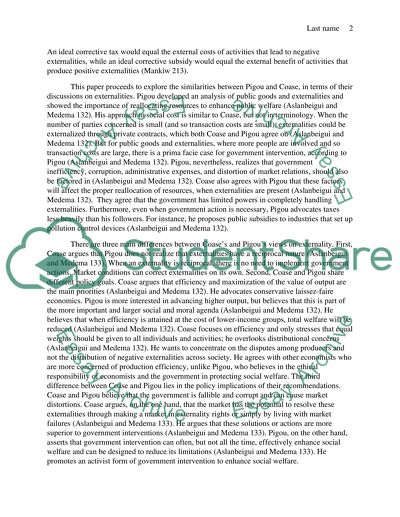Cite this document
(“Externality and differences between the Pigovian and Cosian views Essay”, n.d.)
Retrieved from https://studentshare.org/environmental-studies/1417105-externality-and-differences-between-the-pigovian-and-cosian-views
Retrieved from https://studentshare.org/environmental-studies/1417105-externality-and-differences-between-the-pigovian-and-cosian-views
(Externality and Differences Between the Pigovian and Cosian Views Essay)
https://studentshare.org/environmental-studies/1417105-externality-and-differences-between-the-pigovian-and-cosian-views.
https://studentshare.org/environmental-studies/1417105-externality-and-differences-between-the-pigovian-and-cosian-views.
“Externality and Differences Between the Pigovian and Cosian Views Essay”, n.d. https://studentshare.org/environmental-studies/1417105-externality-and-differences-between-the-pigovian-and-cosian-views.


